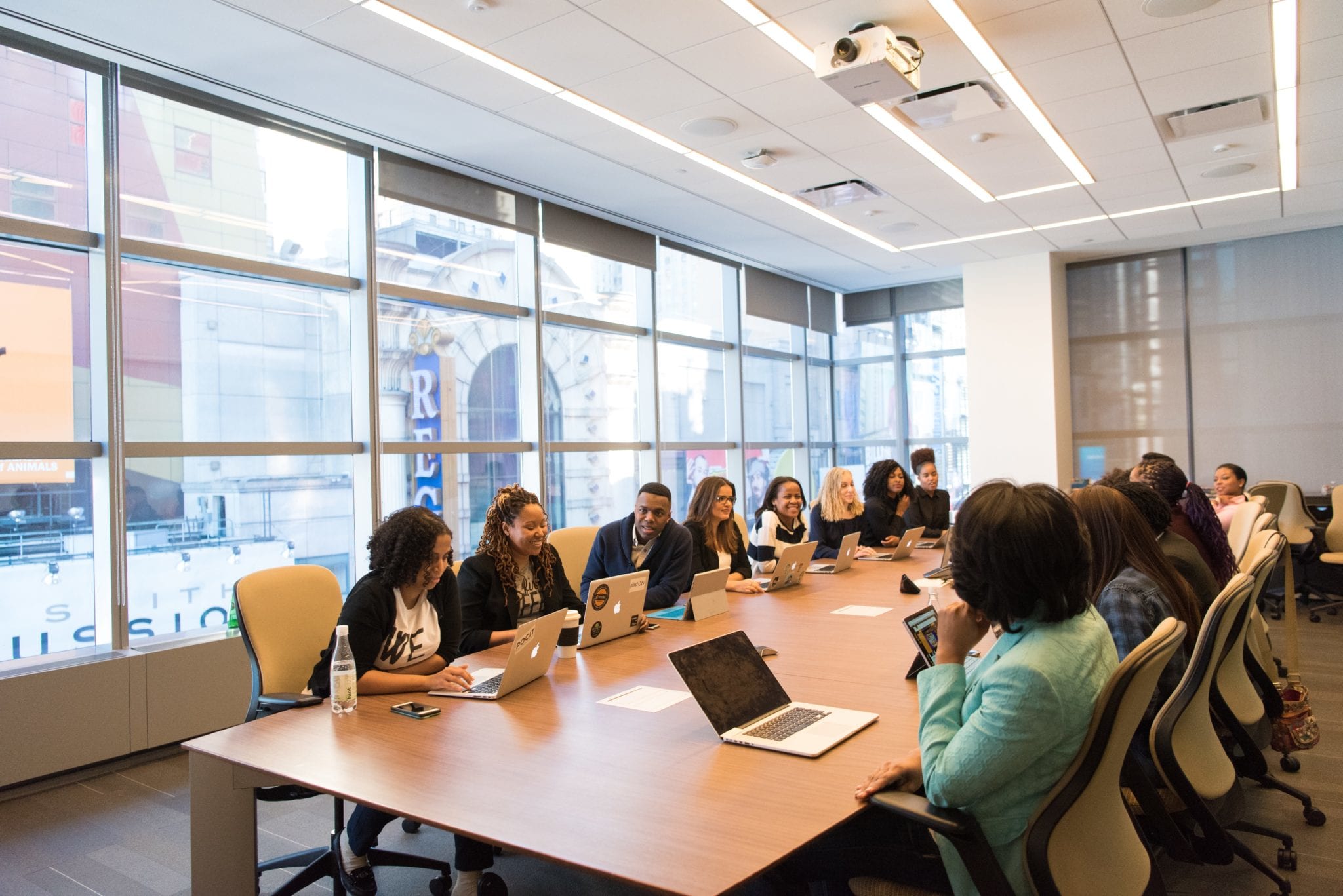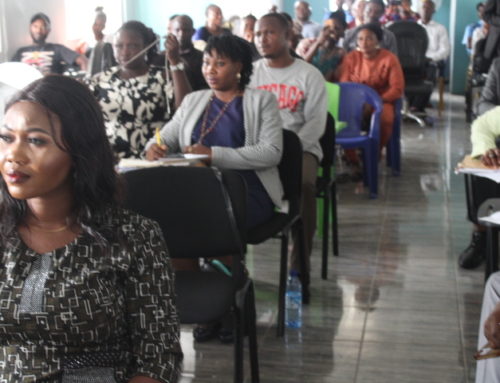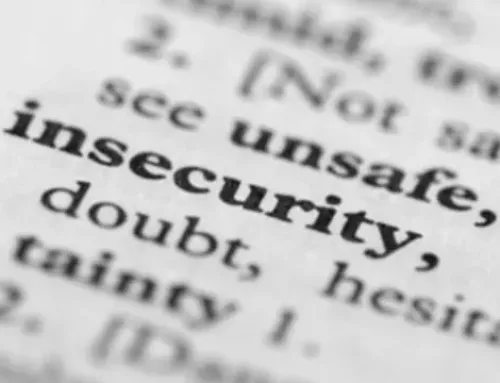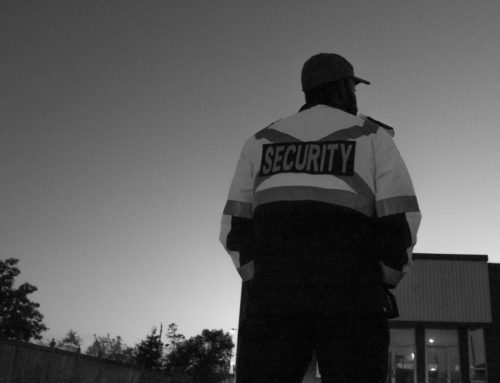With the reopening of worship centres post COVID-19, and the relentless activity of criminals, it is imperative that all hands must be on deck to ensure worship centres are safe and secure. Places of worship (POW) are seen as a place of refuge and safety to worshipers/congregants. It is, however, saddening that in this era of terrorism and great insecurity, no POW is exempt from crime.
The security of POWs consists of different constituents, including keeping worshippers safe, preservation of religious artifacts, and protection of economic assets, natural disasters/ acts of terror etc. thus, the heads of various POW must ensure the safety of worshippers/ congregants, by setting up non-intrusive/ invasive methods of detection and a generally strong security system/ structure.
In the talk about POW security, the case of Vera Uwaila Omozuwa, a 22-year-old microbiology student of the University of Benin, who was raped and brutally murdered while reading at Redeemed Christian Church of God, Benin, Nigeria comes to mind. Also, the kidnap and eventual murder of Michael Nnadi, an 18 year old seminarian who was abducted from the Good Shepherd Major Seminary in Kaduna city on the evening of Wednesday 8 January 2020.
From the above, it is apparent that the need for security in POW cannot be overemphasized, particularly considering the crowd and freedom associated with each service observation.
In choosing a security system for a POW, such system must be: a) Bespoke and tailored to suit the location and peculiarity of that location b) there must be a set security team or committee saddled with handling the security aspect of the POW c)non-intrusive/ invasive. It should be one that is unknown and unobserved by the worshippers, except cases where extra and a visible system is necessarily adopted.
Below are some tips or systems which can be adopted by religious leaders for the various POW:
- Access Control: controlling and limiting of access is one of the most important aspects of security. Since the bombing of POW by terrorist groups round the world, it has been advised that body scanners and bomb detectors be introduced to POW. While controlling and limiting access might be a herculean task, considering the number of worshippers, monitoring is important. Thus, the entry and exit ways to various parts of the POW facility should be separated and only accessible to persons who are eligible to use. Eg, the children’s church should not be easily accessible by worshippers.
- An alarm system and CCTV should be installed to raise awareness of an intrusion and monitor movement with the facility. They should be installed within and about the facility.
- All doors, windows, locks and keys must be secure and not left unattended.
- Parameter protection: the surrounding of the POW should be adequately covered and secured to restrict access and help in determining the person entering and exiting the facility. Shrubs and tall grasses should be cut to allow easy access and a clear view, potential hazards should be removed, and adequate exterior lightening should be installed.
- There should be a good rapport between the leadership of the POW and the police and other emergency responders.
- There must be a clear emergency exit, which is both easy and accessible.
- Children, teenagers and the vulnerable must be adequately protected and considered in the system erected.
- Regular drills and trainings on emergency exit must be conducted for POW workers and worshippers.
In conclusion, POW security must be taken seriously to avert cases of kidnapping and reduce the impact of violent or criminal attacks. Hogan Guards can secure your location both physically and technologically.






